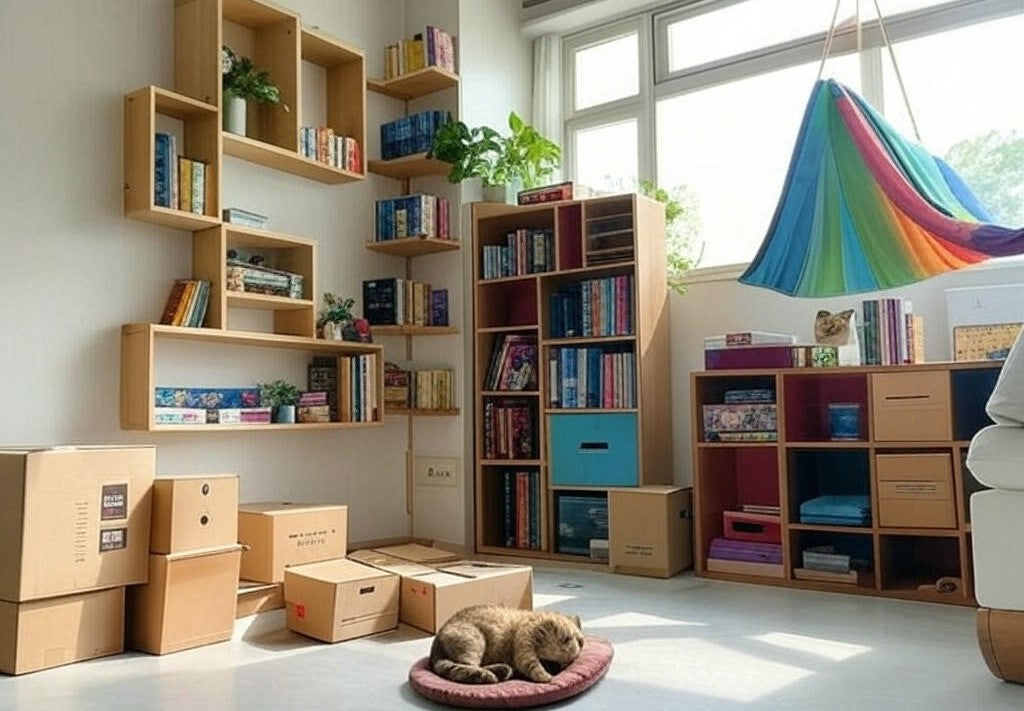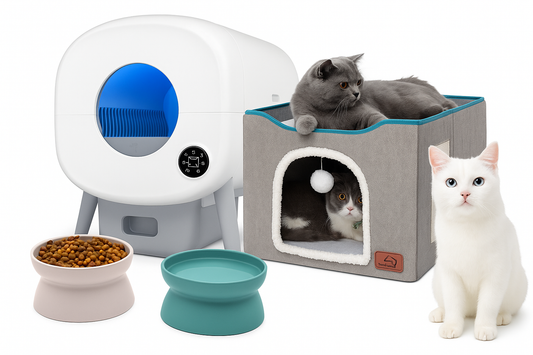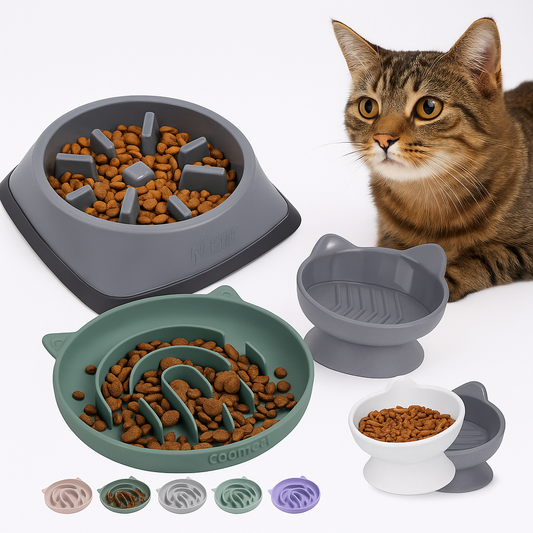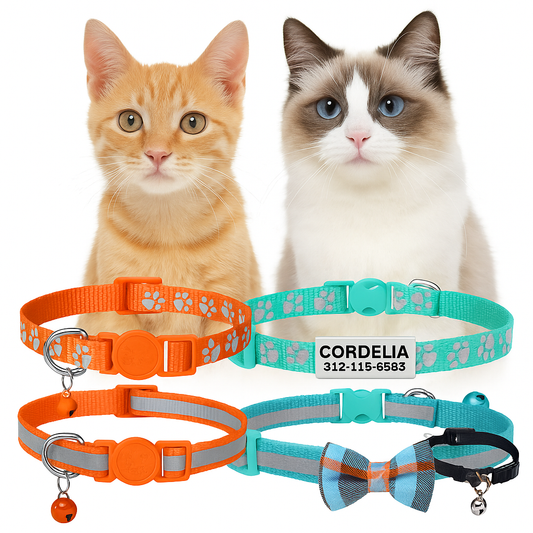
Why Every Cat Needs a Play Zone: Tips for Small Spaces
Living in a small space with a cat? You’re not alone! Whether you’re in a cozy apartment or a tiny home, your feline friend still craves room to play, climb, and explore. But don’t worry—you don’t need a mansion to create an enriching environment for your cat. A well-designed cat play zone can keep your kitty happy, active, and mentally stimulated, even in the smallest of spaces.
In this guide, we’ll share clever ways to set up a fun, space-saving play area for your cat—without sacrificing your floor space or sanity.
Why Your Cat Needs a Dedicated Play Zone

Cats are natural hunters and explorers. Without enough mental and physical stimulation, they can become bored, anxious, or even destructive. A well-thought-out play zone can help:
- Prevent boredom and destructive behavior (Goodbye, shredded couch!)
- Encourage exercise to keep your cat fit and healthy
- Provide a sense of security by giving your cat their own space
- Reduce stress (especially in multi-pet households)
Even if you have limited square footage, a little creativity can go a long way in making your home a feline paradise.
Small Space Solutions: How to Build a Cat Play Zone

1. Think Vertical: Use Walls & Shelves
When floor space is tight, go up! Cats love climbing, so consider installing:
- Wall-mounted shelves for perching and napping
- Cat trees or towers with multiple levels
- Window perches for birdwatching and sunbathing
Tip: Arrange shelves in a staggered pattern to create a “climbing highway” for your cat.
2. Multi-Functional Furniture
If you don’t have room for a giant cat tree, try furniture that doubles as a play area:
- A bookshelf with open cubbies can become a cat hideout
- A foldable tunnel that tucks away when not in use
- A hollow ottoman with a cozy cat hideaway inside
3. DIY Enrichment Toys
You don’t need expensive toys—everyday household items can be transformed into DIY cat toys:
- Cardboard boxes with cut-out holes for hiding and playing
- Toilet paper rolls filled with treats for a simple puzzle toy
- Sock filled with catnip (because sometimes simple is best!)
Check out our guide on 5 DIY Cat Toys You Can Make in Under 10 Minutes for more ideas!
4. Rotating Toys & Hide-and-Seek Games
To keep things exciting, rotate your cat’s toys every few days. You can also create a fun hide-and-seek game by hiding treats or toys around the play zone.
5. Safe & Cozy Hideouts
Cats love having a place to retreat and feel safe. Consider adding:
- A covered cat bed or a small tent
- A repurposed drawer or basket lined with soft blankets
- A DIY hammock attached under a chair
Conclusion

Creating a cat play zone in a small space doesn’t have to be complicated. With a mix of vertical space, multi-use furniture, and DIY fun, you can keep your cat entertained and happy—without taking over your home.
How have you set up a play area for your cat? Share your ideas in the comments!



